ACS ABM 最新特刊:由蛋白质、多肽、核酸自组装的生物材料

在过去的20年里,使用自组装大分子来设计生物材料的研究呈现爆炸式增长,如修复受损细胞并再生,作为组织支架协助外源性细胞注射,或控制药物的输送和释放等。特别地,使用天然或设计的 "代码 "来制备水凝胶、纳米颗粒,纳米纤维,以及其他更复杂的结构,已成为自组装材料领域的重要组成部分。这期ACS Applied Bio Materials 特别论坛重点以蛋白质,多肽和DNA为例,向读者们展示了生物大分子设计合成功能性生物材料的重大潜力。
✦
✦
1. A Tunable Tumor Microenvironment through Recombinant Bacterial Collagen-Hyaluronic Acid Hydrogels
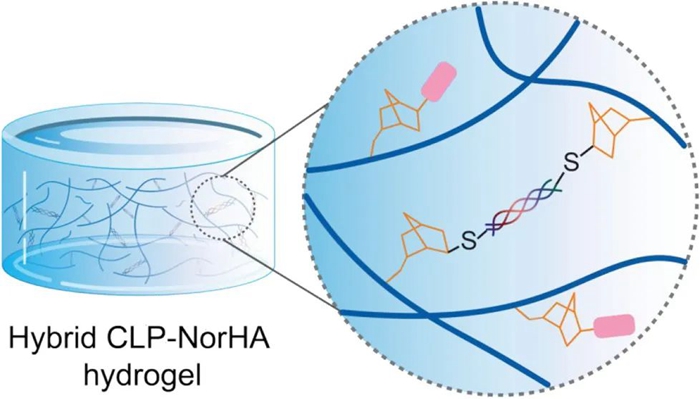
Nemec et al. report hydrogels composed of norborne-modified hyaluronic acid, which can be cross-linked with collagen-like protein motifs. The modulus of these hybrid hydrogels can be tuned, allowing for strain-stiffening behavior and control of adhesion and proliferation of breast adenocarcinoma cells.
作者信息:Stephanie Nemec, Sylvia Ganda, Karrar Al Taief, Chantal Kopecky, Rhiannon Kuchel, Hélène Lebhar, Christopher P. Marquis, Pall Thordarson, and Kristopher A. Kilian*
通讯单位:School of Chemistry, University of New South Wales, Sydney, Australia 2052
扫描二维码阅读全文
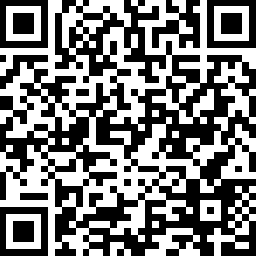
https://doi.org/10.1021/acsabm.2c00186
✦
✦
2.Macromolecular Solute Transport in Supramolecular Hydrogels Spanning Dynamic to Quasi-Static States
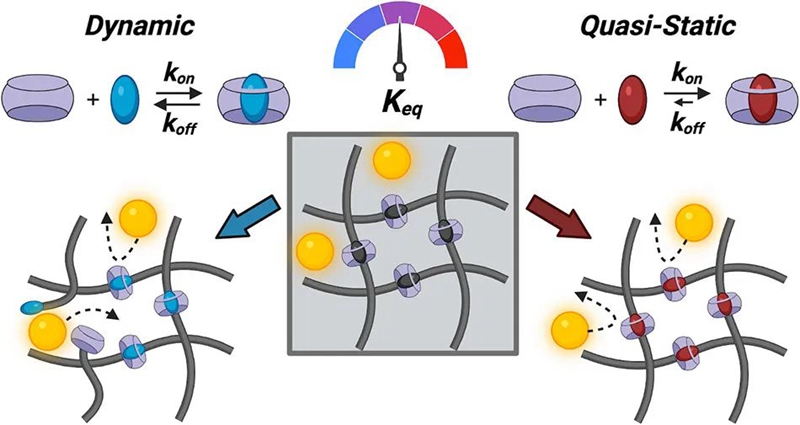
Braegelman et al. design PEG hydrogels where the cross-links are composed of supramolecular complexes based on the cucurbit[7]uril guest motif. The authors synthesize two different hydrogels with guest species of varying affinity, which change the dynamics of the cross-links and can modulate the diffusion or release of solute molecules.
作者信息:Adam S. Braegelman, Rachel C. Ollier, Bo Su, Christopher J. Addonizio, Lei Zou, Sara L. Cole, and Matthew J. Webber*
通讯单位:
Department of Chemical & Biomolecular Engineering, University of Notre Dame, Notre Dame, Indiana 46556, United States
扫描二维码阅读全文
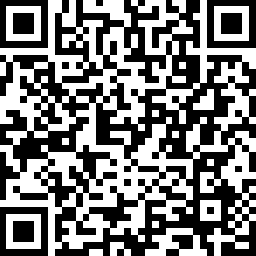
https://doi.org/10.1021/acsabm.2c00165
✦
✦
3. Urea-Modified Self-Assembling Peptide Amphiphiles That Form Well-Defined Nanostructures and Hydrogels for Biomedical Applications
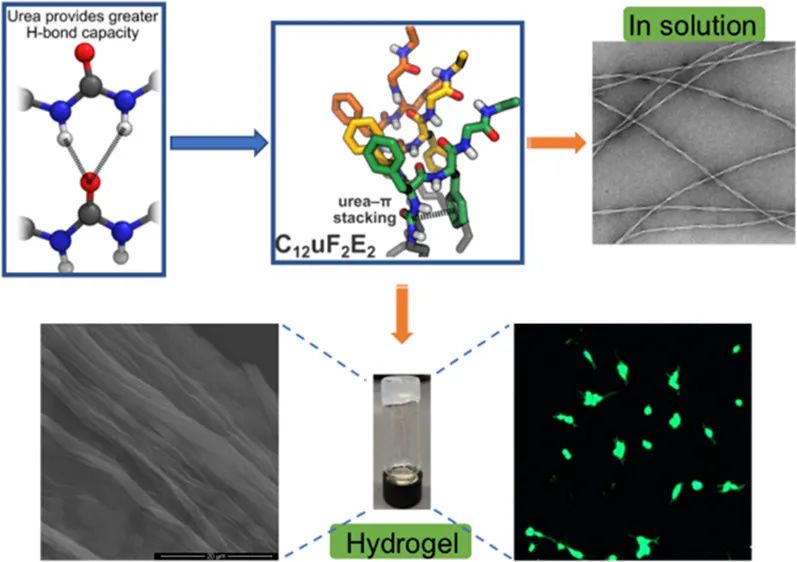
Xing et al. report a new category of peptide amphiphile molecules that can form one-dimensional nanofibers through a combination of hydrophobic and hydrogen bonding interactions. The authors replace the amide bonds typically used in the peptide region with a urea moiety, which allowed for enhanced hydrogen bonding, stability, and self-healing properties, and demonstrated the use of the fibers as cell culture scaffolds.
作者信息:Huihua Xing, Alison Rodger, Jeffrey Comer, Agustín S. Picco, Cristián Huck-Iriart, Edward L. Ezell, and Martin Conda-Sheridan*
通讯单位:College of Pharmacy, University of Nebraska Medical Center, Omaha, Nebraska 68198, United States
扫描二维码阅读全文

https://doi.org/10.1021/acsabm.2c00158
✦
✦
4. A Combined Conduit-Bioactive Hydrogel Approach for Regeneration of Transected Sciatic Nerves
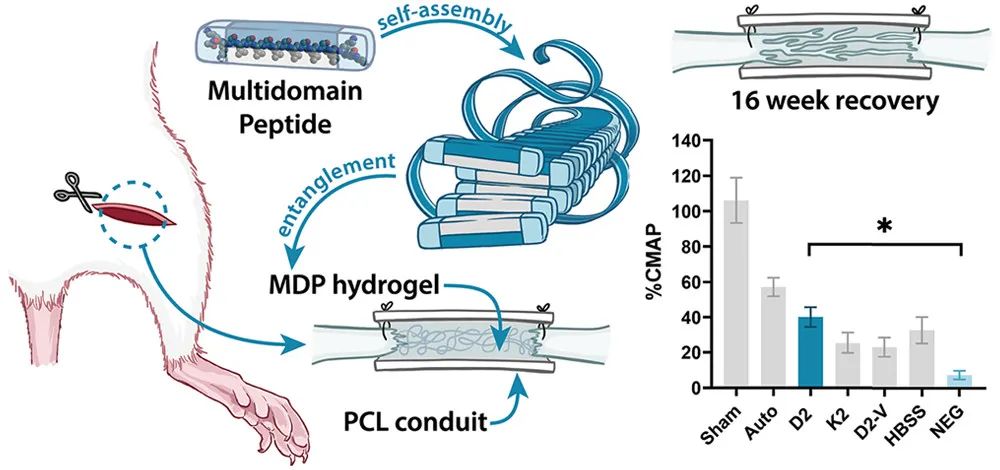
Lai et al. use a multidomain peptide, which forms nanofiber hydrogels due to balancing electrostatic and hydrophobic/hydrogen-bonding forces, as filler for electrospun poly(ε-caprolactone) nerve graft conduits. Conduits with anionic peptides enhanced recovery in a mouse in vivo model, demonstrating the potential for functional biomaterials for nerve repair.
作者信息:Cheuk Sun Edwin Lai, Viridiana Leyva-Aranda, Victoria H. Kong, Tania L. Lopez-Silva, Adam C. Farsheed, Carlo D. Cristobal, Joseph W. R. Swain, Hyun Kyoung Lee, and Jeffrey D. Hartgerink*
通讯单位:Department of Bioengineering, Rice University, Houston, Texas 77005, United States
扫描二维码阅读全文
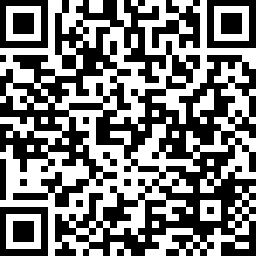
https://doi.org/10.1021/acsabm.2c00132
✦
✦
5. Bioactive Fibronectin-III10–DNA Origami Nanofibers Promote Cell Adhesion and Spreading
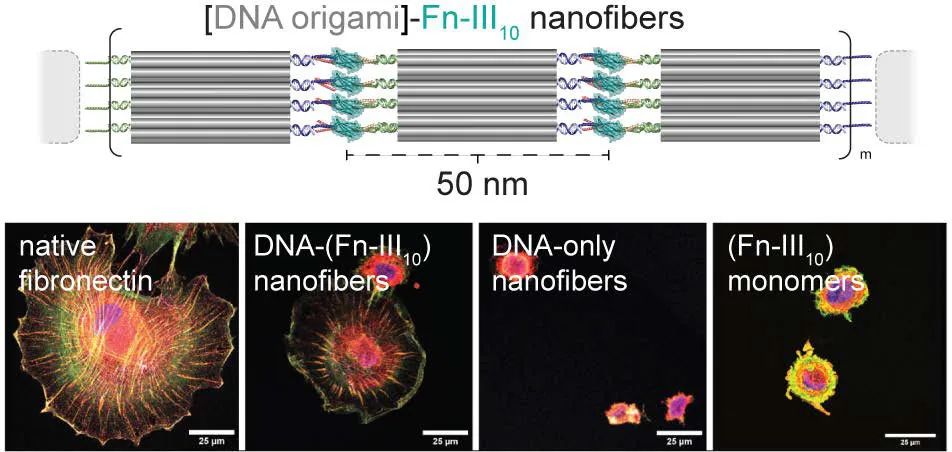
Buchberger et al. report the synthesis of nanofibers composed of DNA origami cuboids linked by bioactive fibronectin domains, using two orthogonal coiled-coil pairs to drive the hierarchical self-assembly (10.1021/acsabm.2c00303). These hybrid protein–DNA nanofibers demonstrate enhanced fibroblast cell adhesion and spreading compared with fibers lacking the protein (or the protein alone) and provide a way to independently tune the dimensions and bioactivity of a fibrous biomaterial.
作者信息:Alex Buchberger, Kyle Riker, Julio Bernal-Chanchavac, Raghu Pradeep Narayanan, Chad R. Simmons, Nour Eddine Fahmi, Ronit Freeman*, and Nicholas Stephanopoulos*
通讯单位:School of Molecular Sciences, Arizona State University, Tempe, Arizona 85281, United States
扫描二维码阅读全文
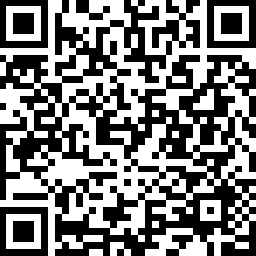
https://doi.org/10.1021/acsabm.2c00303
✦
✦
6. pH-Responsive Self-Assembling Peptide-Based Biomaterials: Designs and Applications
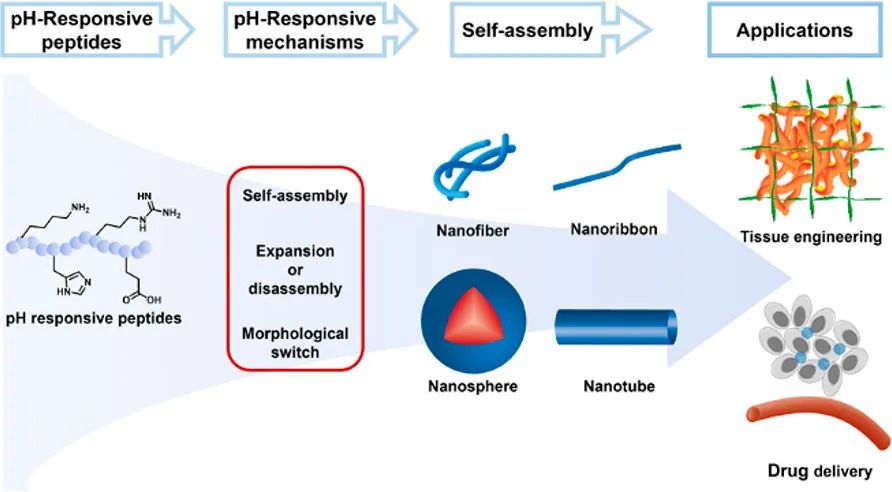
Li et al. review self-assembling peptide biomaterials that are pH-responsive, enabling materials for tissue scaffolding as well as controlled drug release.
作者信息:Zhao Li, Yumeng Zhu, and John B. Matson*
通讯单位:Department of Chemistry, Virginia Tech Center for Drug Discovery, and Macromolecules Innovation Institute, Virginia Tech, Blacksburg, Virginia 24061, United States
扫描二维码阅读全文

https://doi.org/10.1021/acsabm.2c00188
✦
✦
7. Recent Advances in Self-Assembled DNA Nanostructures for Bioimaging
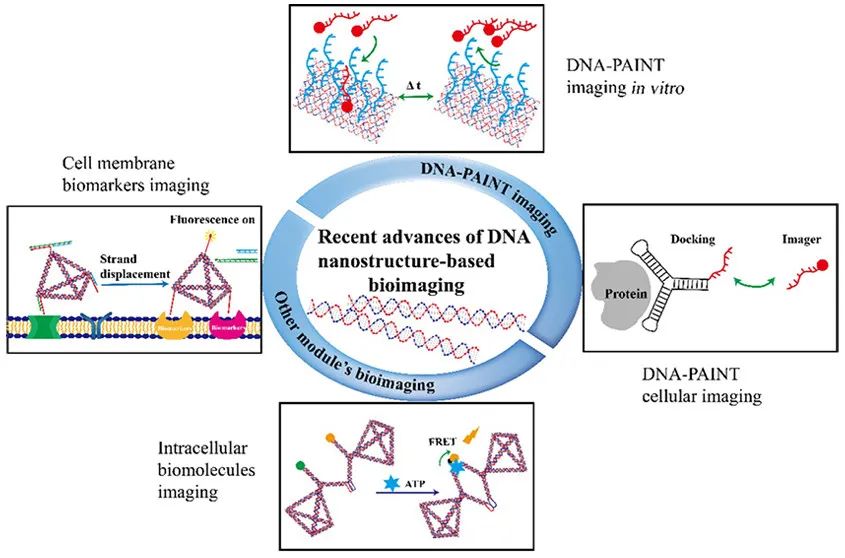
Yang et al. describe recent advances in the use of DNA nanostructures for bioimaging, with a particular emphasis on tuning the structure, size, and shape, as well as their application to super resolution and multiplexed imaging applications.
作者信息:Qi Yang, Xu Chang, Jung Yeon Lee, Tiffany R. Olivera, Minu Saji, Henry Wisniewski, Suchan Kim, and Fei Zhang*
通讯单位:Department of Chemistry, Rutgers University, Newark, New Jersey 07102, United States
扫描二维码阅读全文

https://doi.org/10.1021/acsabm.2c00128
✦
✦
8. Harnessing the Structural and Functional Diversity of Protein Filaments as Biomaterial Scaffolds
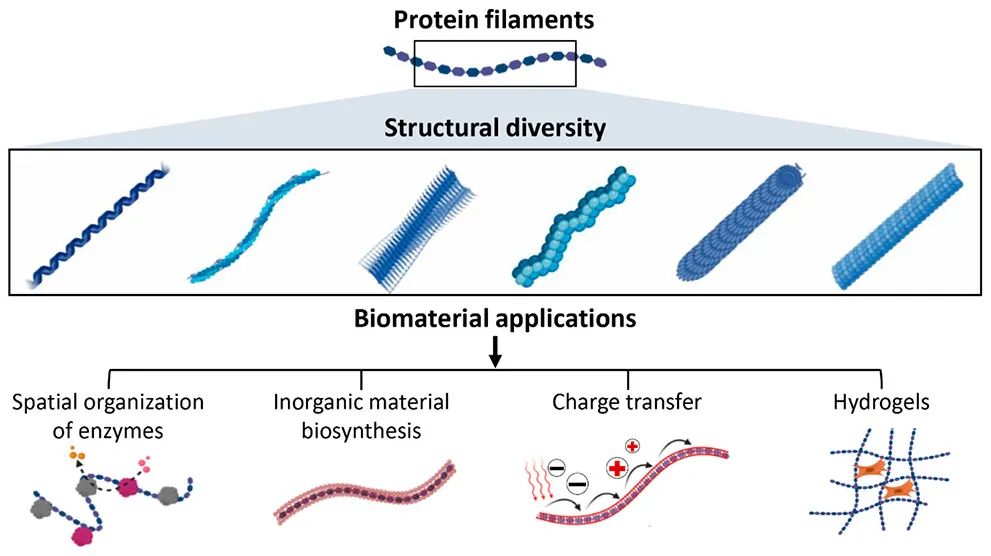
Lam et al. describe the use of protein nanofilaments for various applications including enzyme scaffolding, inorganic material templating, charge transfer, or synthesis of hydrogels.
作者信息:Nga T. Lam, Joshua B. McCluskey, and Dominic J. Glover*
通讯单位:School of Biotechnology and Biomolecular Sciences, University of New South Wales, Sydney, New South Wales 2052, Australia
扫描二维码阅读全文

https://doi.org/10.1021/acsabm.2c00275
✦
✦
9. Metal–Phenolic Networks as Versatile Coating Materials for Biomedical Applications
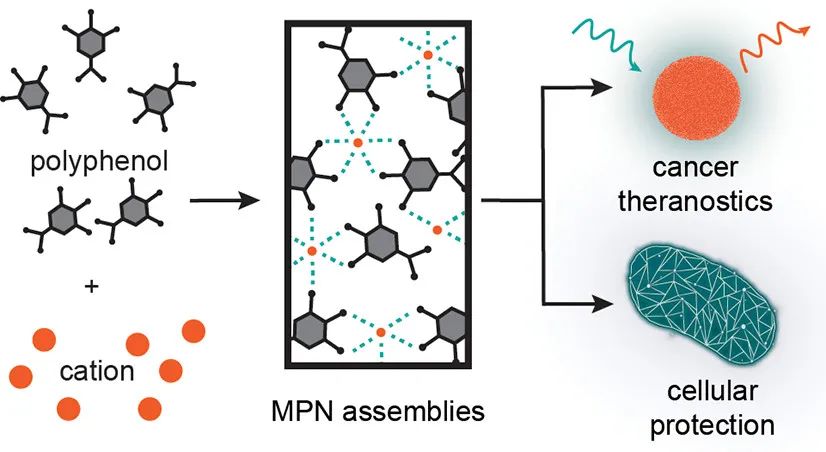
Gang et al. discuss the use of self-assembling metal-phenolic networks, with applications in cancer theranostic nanoparticles, as well as cell encapsulation and microbe protection for biomedical applications (10.1021/acsabm.2c00136).
作者信息:Gang Fan, Jonathan Cottet, Mariela R. Rodriguez-Otero, Pris Wasuwanich, and Ariel L. Furst*
通讯单位:Department of Chemical Engineering, Massachusetts Institute of Technology, Cambridge, Massachusetts 02139, United States
扫描二维码阅读全文

https://doi.org/10.1021/acsabm.2c00136
✦
✦
10. Protein–Nanoparticle Complex Structure Determination by Cryo-Electron Microscopy
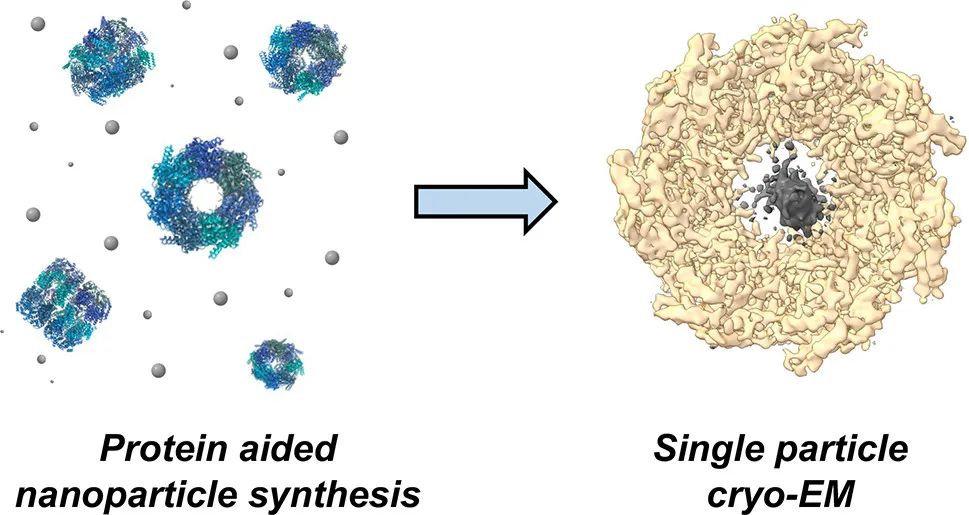
Sen et al. demonstrate that cryogenic electron microscopy (cryo-EM), which has been revolutionizing the structural elucidation of biomolecules in the past decade, can also be used to characterize hybrid protein-nanoparticle systems (10.1021/acsabm.2c00130). The authors show the use of GroEL and ferritin proteins cages to nucleate and synthesize platinum and iron oxide nanoparticles, respectively, and demonstrate a sub-4 Å reconstruction for the GroEL system. The insights from this work will aid in the design and realization of other protein–nanoparticle hybrid materials.
作者信息:Sagnik Sen, Amar Thaker, Luqmanal Sirajudeen, Dewight Williams, and Brent L. Nannenga*
通讯单位:Chemical Engineering, School for Engineering of Matter, Transport and Energy, Arizona State University, Tempe 85287, Arizona, United States
扫描二维码阅读全文

https://doi.org/10.1021/acsabm.2c00130
更多关于ACS Applied Bio Materials
Editor-in-Chief:
Kirk S. Schanze, University of Texas
Deputy Editor:
Shu Wang
Chinese Academy of Sciences
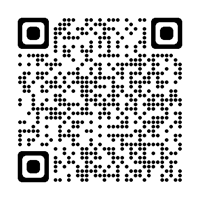
CiteScore 2021: 4.9
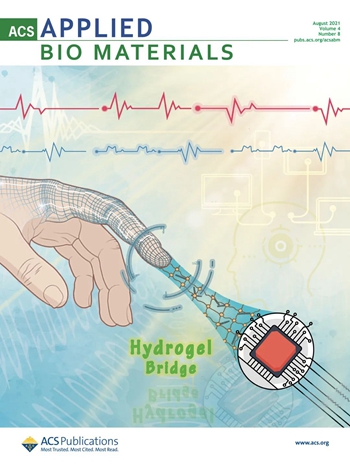
ACS Applied Bio Materials is an interdisciplinary journal publishing original research covering all aspects of biomaterials and biointerfaces including and beyond the traditional biosensing, biomedical and therapeutic applications.
如果篇首注明了授权来源,任何转载需获得来源方的许可!如果篇首未特别注明出处,本文版权属于 X-MOL ( x-mol.com ), 未经许可,谢绝转载!
































 京公网安备 11010802027423号
京公网安备 11010802027423号